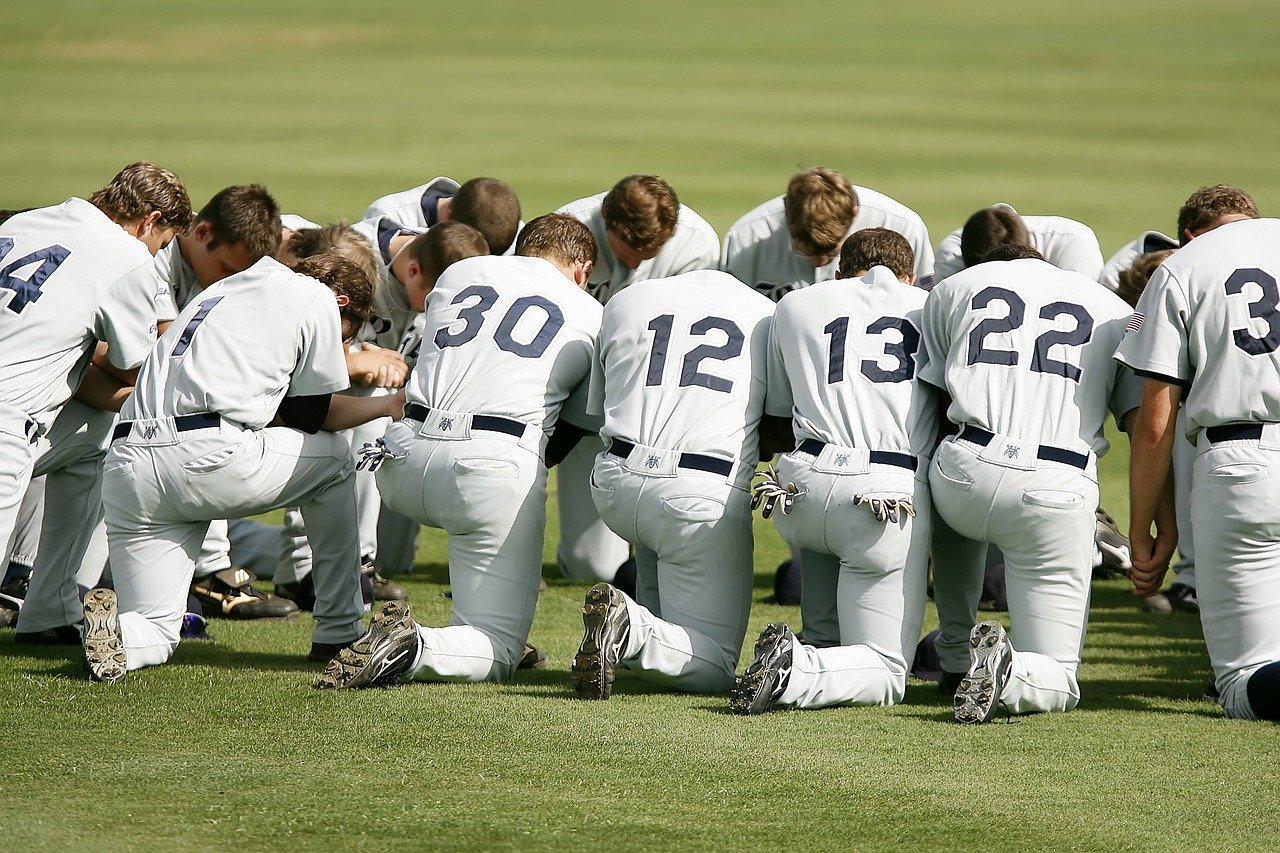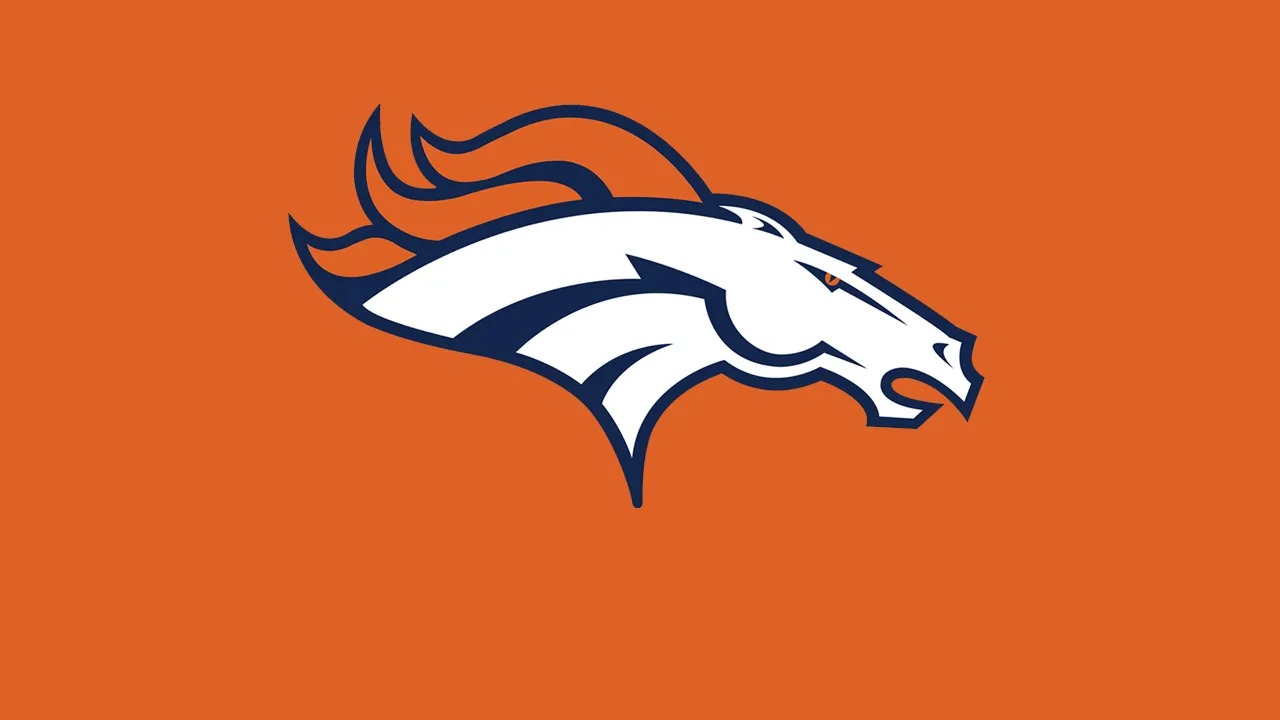Table of Contents
Brief Overview of Baseball
Baseball, often referred to as America’s pastime, is a sport rich in history and tradition. It is a game that requires both physical skill and strategic thinking. Each game unfolds uniquely, offering a blend of suspense and excitement that keeps fans on the edge of their seats.
Importance of Game Duration
The duration of a baseball game is a crucial aspect that affects players, fans, broadcasters, and the overall experience. Understanding how long a game lasts and the factors influencing its length is essential for anyone involved in or passionate about the sport.
Historical Context
Evolution of Game Length Over the Decades
In the early days of baseball, games were typically shorter, often lasting around two hours. As the sport evolved, so did the length of games. Factors such as changes in playing style, strategic developments, and increased commercial breaks have contributed to longer game durations over the years.
Comparison with Other Sports
When compared to other major sports like football, basketball, and hockey, baseball games tend to be longer. While a football game typically lasts about three hours, and basketball and hockey games around two to two and a half hours, baseball games can extend beyond three hours, especially with extra innings.
Factors Affecting Game Duration
Innings and Extra Innings
A standard baseball game consists of nine innings. However, if the game is tied at the end of the ninth inning, it goes into extra innings until a winner is determined. Extra innings can significantly extend the duration of a game, sometimes by several hours.
Pace of Play Initiatives
To address concerns about lengthy games, Major League Baseball (MLB) has introduced several pace-of-play initiatives. These include limiting the time between pitches, reducing mound visits, and implementing a pitch clock.
Weather Conditions
Weather can play a significant role in the length of a baseball game. Rain delays, for example, can cause significant interruptions, leading to extended game times or even postponements.
Pitching Changes
Frequent pitching changes, especially in the later innings, can add to the game’s length. Managers often switch pitchers to gain a strategic advantage, which involves warm-up time and strategic discussions.
Batting Strategies
Certain batting strategies, such as working the count and taking more pitches, can also prolong a game. While these strategies can be effective, they can lead to longer at-bats and extended game durations.
Types and Categories of Baseball Games
Major League Baseball (MLB)
MLB is the highest level of professional baseball in the United States, consisting of 30 teams split between the American League and National League. MLB games are often the longest due to their high stakes and extensive strategic elements.
Minor League Baseball
Minor League Baseball serves as a developmental platform for players aspiring to reach the major leagues. Games in the minor leagues can be shorter, though they often follow similar rules and formats as MLB games.
College Baseball
College baseball is played by teams representing universities and colleges. These games tend to be slightly shorter than professional games, with various conferences implementing different rules to manage game length.
International Baseball
International baseball includes competitions such as the World Baseball Classic and the Olympics. Game durations in international play can vary widely depending on the rules of the specific tournament.
Little League
Little League baseball is designed for children and adolescents, with games typically lasting six innings and having strict time limits to ensure they do not run excessively long.
Average Duration of Baseball Games
Historical Averages
Historically, the average length of a baseball game has increased. In the 1920s, games averaged about 1 hour and 50 minutes. By the 1970s, the average had risen to around 2 hours and 30 minutes. Today, games often exceed 3 hours.
Current Statistics
In recent years, the average length of an MLB game has been approximately 3 hours and 10 minutes. This duration can vary based on numerous factors, including the teams playing and the importance of the game.
Differences by League
The length of games can differ significantly between leagues. For example, American League games tend to be slightly longer than National League games, primarily due to the use of the designated hitter rule in the American League.
Longest and Shortest Games in History
Record-Breaking Long Games
The longest professional baseball game on record took place in 1981 between the Pawtucket Red Sox and the Rochester Red Wings, lasting 33 innings and taking over 8 hours to complete. This marathon game highlights the potential for baseball games to extend far beyond their typical duration.
Notably Short Games
On the other end of the spectrum, some games have been remarkably short. The shortest nine-inning game in MLB history occurred in 1919 between the New York Giants and the Philadelphia Phillies, lasting only 51 minutes.
Memorable Moments
Games that go significantly longer or shorter than average often become memorable moments in baseball history. These games are frequently recounted by fans and historians for their unique circumstances and the endurance shown by the players.
Impact of Game Length on Fans
Fan Engagement and Attendance
The length of a game can impact fan engagement and attendance. While some fans appreciate the extended time at the ballpark, others may find long games tedious and lose interest. Teams and leagues must balance these perspectives to maintain fan satisfaction.
Television Viewership
Television broadcasters are also affected by game length. Longer games can disrupt programming schedules, while shorter games may not provide enough commercial breaks. Networks strive to accommodate baseball’s variable timing within their programming.
Stadium Experience
The in-stadium experience is another aspect influenced by game length. Concessions, merchandise sales, and overall enjoyment can be affected by how long fans are in the stadium. Teams aim to provide an engaging experience regardless of the game’s duration.
Measures to Speed Up the Game
Pitch Clock Implementation
One of the most significant measures to speed up baseball games is the pitch clock, which limits the time pitchers have to deliver the ball. This rule aims to reduce downtime and keep the game moving at a brisker pace.
Limits on Mound Visits
MLB has also implemented limits on the number of mound visits per game. This rule is designed to minimize unnecessary delays and keep the game flowing more smoothly.
Automated Strike Zone
The concept of an automated strike zone, using technology to call balls and strikes, is being explored. This could reduce disputes and speed up the game by providing more consistent and quicker umpiring decisions.
Three-Batter Minimum Rule
The three-batter minimum rule, which requires pitchers to face at least three batters unless they complete an inning, is another initiative aimed at reducing the number of pitching changes and speeding up the game.
Controversies and Opinions
Traditionalists vs. Modernists
The debate between traditionalists, who value the timeless nature of baseball, and modernists, who seek to adapt the game for contemporary audiences, is ongoing. Each group has valid points regarding the ideal length and pace of the game.
Players’ Perspectives
Players’ opinions on game length vary. Some enjoy the strategic depth that longer games can provide, while others prefer a faster-paced game to maintain energy and focus.
Fans’ Reactions
Fans also have diverse reactions to game length. While some relish the extended time spent watching their favorite sport, others advocate for shorter, more dynamic games to fit modern lifestyles.
Technological Innovations
Use of Instant Replay
Instant replay has become a crucial part of baseball, allowing for more accurate officiating. While it can add time to games, its benefits in ensuring fair play are widely recognized.
Advanced Analytics
Advanced analytics and data-driven strategies are increasingly influencing how games are played and managed. These insights can lead to more efficient play but also introduce new complexities that may affect game duration.
Impact of Technology on Game Duration
Overall, technology has both sped up and slowed down baseball games. While tools like pitch clocks aim to reduce time, other innovations like instant replay can extend game length.
Future Prospects
Potential Rule Changes
Future rule changes could further influence game duration. Ideas such as reducing the number of innings or implementing stricter time limits are being discussed.
Predictions for Future Game Durations
Predicting future game durations involves considering various factors, including rule changes, technological advancements, and shifts in player and fan preferences. The goal is to find a balance that preserves the essence of baseball while adapting to modern demands.
Role of Technology
Technology will continue to play a significant role in shaping the future of baseball. Innovations aimed at improving efficiency and accuracy will likely influence game length in the coming years.
FAQs
Why do some baseball games last longer than others?
Several factors contribute to the varying lengths of baseball games, including the number of innings, pace of play, pitching changes, and weather conditions.
What was the longest baseball game ever played?
The longest professional baseball game on record lasted 33 innings and took over 8 hours to complete, played between the Pawtucket Red Sox and the Rochester Red Wings in 1981.
How has technology impacted the length of baseball games?
Technology has both increased and decreased game lengths. While tools like pitch clocks aim to speed up games, instant replay reviews can add time.
What are the main factors influencing the length of a baseball game?
Key factors include the number of innings, pitching changes, pace of play initiatives, weather conditions, and strategic elements like batting approaches.
Are there any ongoing efforts to shorten the duration of baseball games?
Yes, MLB has introduced several measures, including pitch clocks, limits on mound visits, and the three-batter minimum rule, to reduce game durations and enhance pace of play.




